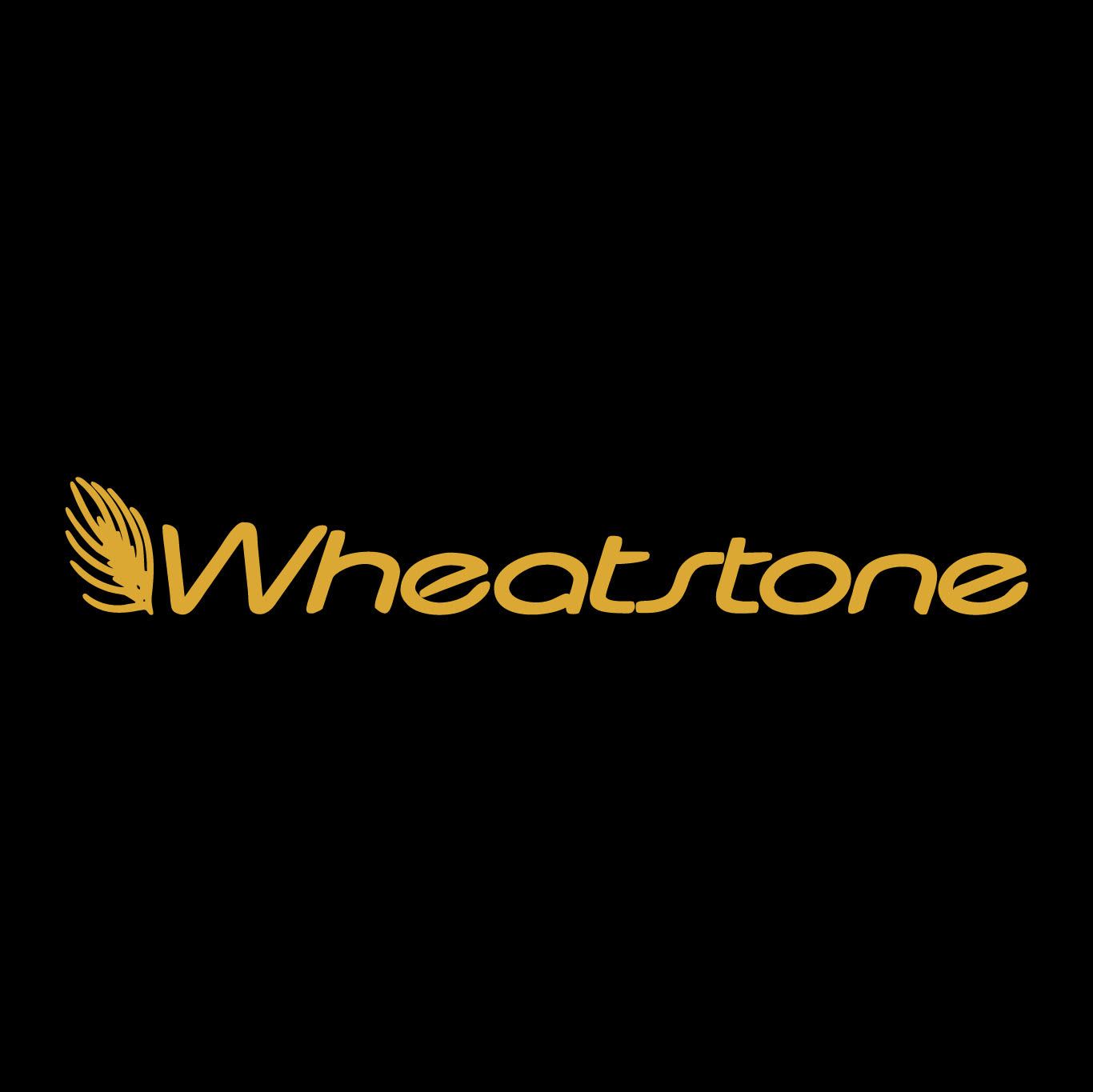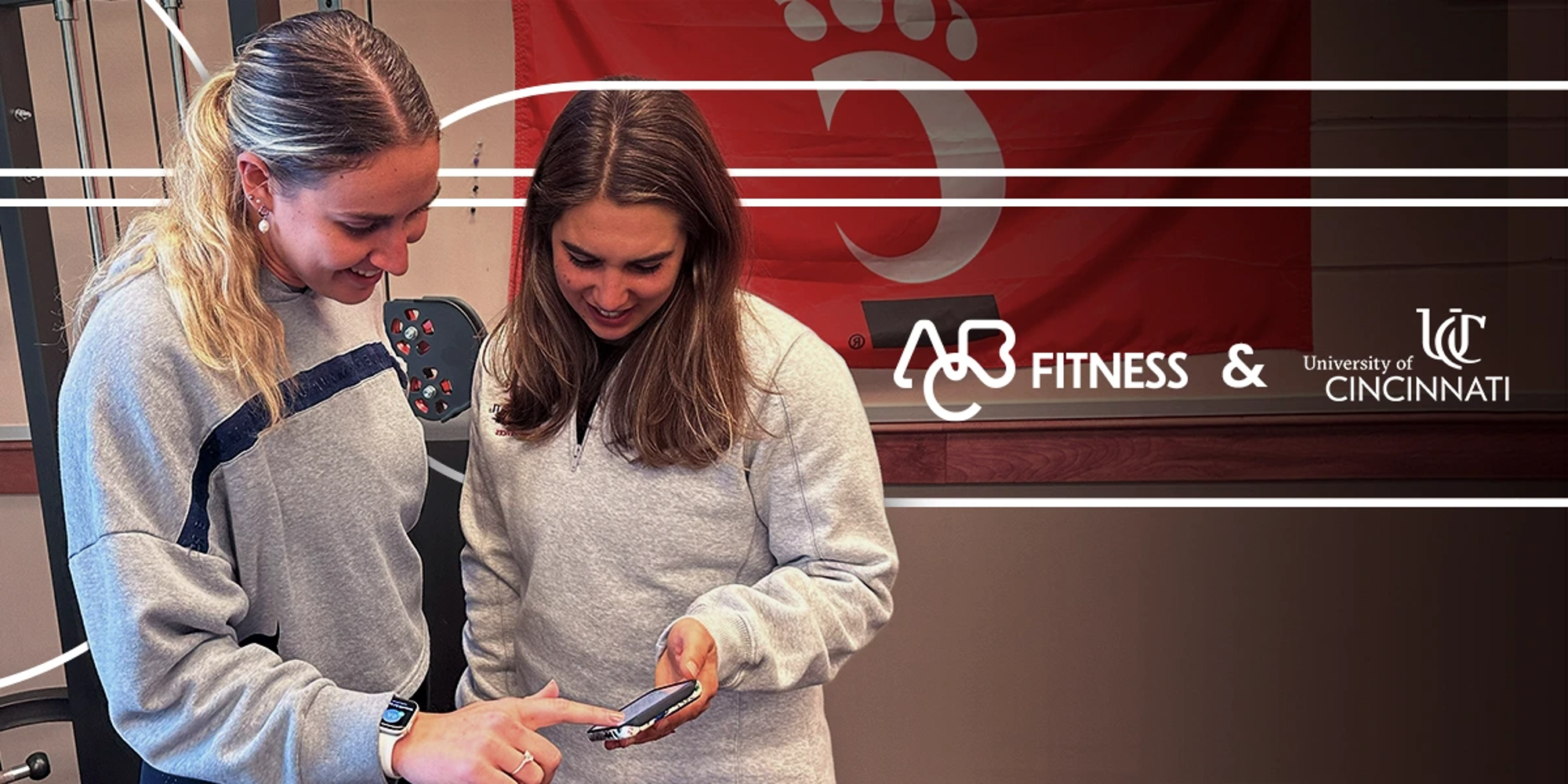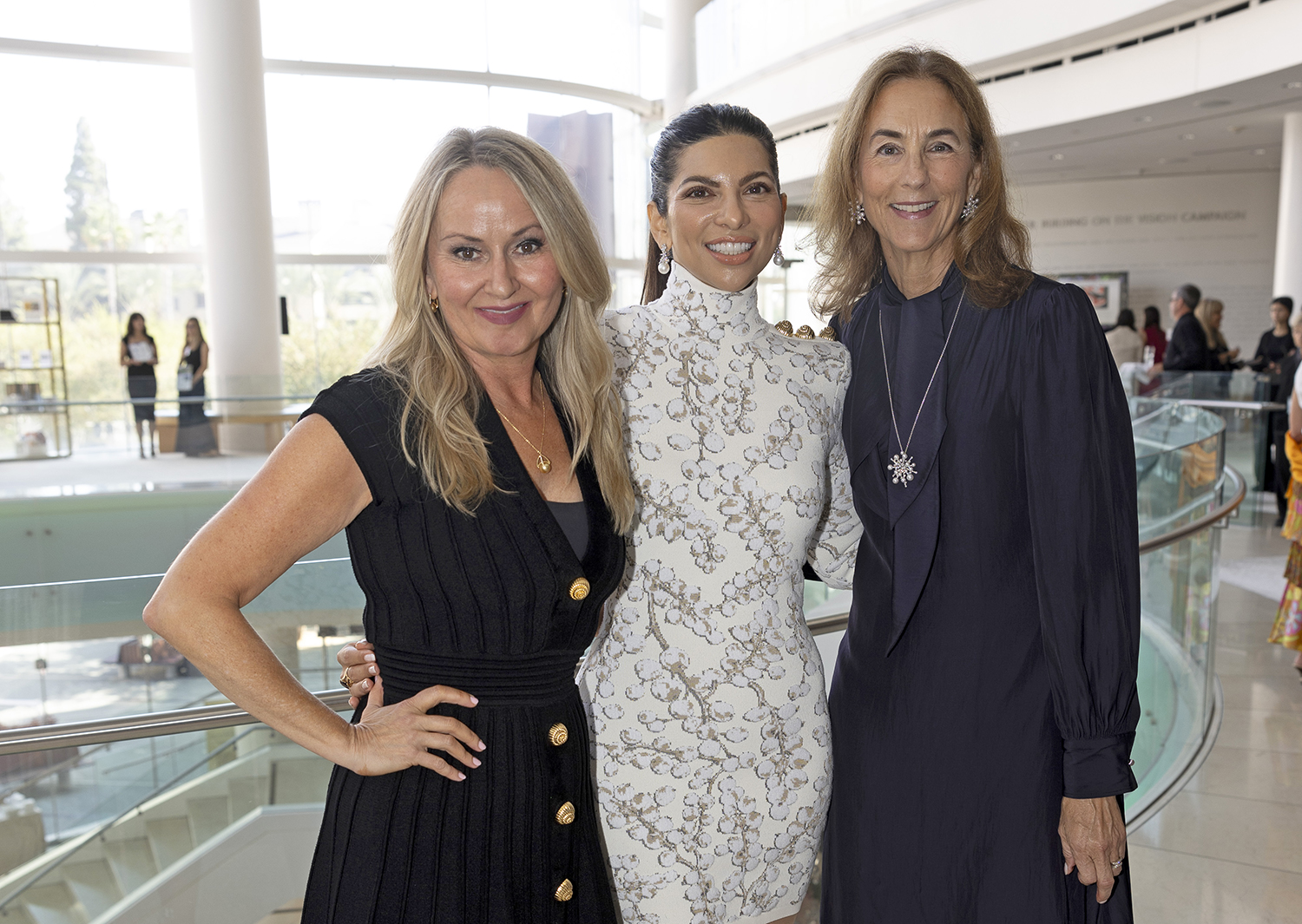World
Exhibitor Preview: Wheatstone at NAB Show New York – Radio World

Planning for the 2024 NAB Show New York is ramping up, and Radio World is asking exhibitors about their plans and expectations. Dee McVicker is marketing director for Wheatstone.
Radio World: What news will your company feature at the convention — which of your new products or services for radio will you highlight?
McVicker: Wheatstone will be highlighting several new product developments at our booth including:
Blade 4 with RIST: Our fourth generation Blade 4 AoIP I/O unit now has Reliable Internet Stream Transport, or RIST, for live streaming audio across any IP link. RIST connectivity provides the error correction necessary for real-time media delivery over the public internet, where links are less reliable and distance adds more delay. This is an important addition as studios in different locations become more connected and as we introduce cloud/server options into the studio operation.
Based on SMPTE-2022 and other broadcast protocols, RIST uses things like RTP sequencing to identify potential packet losses and multi-link bonding to guarantee media delivery with minimal buffering (read: delay). In addition to RIST connectivity, Blade 4 is the only AoIP I/O unit that has optional dual OPUS audio codecs as part of a complete AoIP toolset that also includes audio processing, mixing, routing, control and operating system in one rack unit. Readers can learn more about Blade 4 and RIST in this paper by our senior development engineer Dominic Giambo. It’s highlighted in Radio World’s December 2023 issue in the story “What’s RIST and Why You Need It.”
DMX Value AoIP System, now with automation plug-in: Also new, our value AoIP system now has a new native IP audio control plug-in for playback automation systems as well virtual screen building tools. The DMX system, which is marketed under our Audioarts value brand, includes a 8- or 16-fader console surface and mix engine with local I/O and five-port Ethernet switch. Now with WheatNet IP automation control interface (ACI), this AoIP system fits a range of studio configurations — from the standalone on-air desk to the two-studio air/production configuration, on out to large multi-studio networks via WheatNet IP audio.
Strata Fixed and Virtual Mixer: For today’s highly-collaborative television news teams, we’re now pairing our fixed Strata console surface with the portability of the Remote Strata virtual mixer to provide an independent, yet shared user experience for teams in split locations. This combo provides full interactivity between tactile mixing in the studio and virtual mixing on a touchscreen, including real-time fader tracking between the two. The Strata console can be used in newsrooms, remote vans or sports venues as a compact IP audio console with 32 physical faders, which can be layered for 64 channels as well as features like auto mixing and multi-touch navigation for adjusting EQ curves, filtering and more.
Remote Strata is a full-featured virtual mixer for the laptop or touchscreen that is similar in feel and function to the Strata fixed console with familiar buttons, knobs and navigation. Remote Strata is a software replication of the Strata console to provide full remote control over mixing functions from a laptop. Both Stratas provide direct connectivity into major production automation systems with all mixing and processing done by a powerful audio mix engine, the Blade 4TVE. The system is AES67/SMPTE-ST 2110 compatible as part of the WheatNet IP audio network and interfaces with existing intercoms or wireless microphones.

RW: Wheatstone Infinite Studio won a RW Best of Show Award earlier this year, what feedback have you received from customers about the product?
McVicker: The spring NAB show was a very significant show for us because as you will recall, Wheatstone also won a RW Best of Show award for our sleek new digital DML consoles. So while we won an award for our completely virtualized FM air chain with streaming, processing and MPX over IP running on AWS, we also won a Best of Show award for a console that is on the other end of the spectrum: our new DML fully self-contained digital console, which is as thin as most laptops!
We are reminded every day that broadcast operations are a diverse lot. Not every broadcaster is in the same place, or even on the same path, as we move into the future. Some are replacing old analog boards with modern digital consoles like our DML, others are virtualizing on a local server, and still others are doing any variation of these two.
RW: As we look ahead to the latter half of the year, what are your goals? What trends will you be keeping an eye on as we look to 2025?
McVicker: We often say that we have one foot in the enterprise IT world and one foot in the broadcast legacy world. Some of our development engineers come from IT and we have a core group of veteran engineers who know broadcast, and that’s a powerful combination.
We’re invested in technology on the broadcast level and at the component level as a manufacturer that makes all of our products in-house. Knowing what’s trending at the component level gives us some unique opportunities to save broadcasters money in terms of how we design and make products. At the same time, we’re constantly vetting new trends in switches and servers and cloud because while all that is designed mainly for the enterprise, some can be a good fit for broadcasting.
By building with smaller, more powerful components and then adapting what’s useful in virtualization, servers and cloud, we can make our studios more efficient and save the broadcaster money. That’s really the goal these days, keeping costs down.
RW: What else will you be watching for/looking forward to at the convention?
McVicker: We’re always interested in ways that studios and talent are connecting, so that includes checking new protocols like RIST as well as anything new in the workflow pipeline. The NAB New York show gives us an opportunity to meet one-on-one with broadcasters, and that’s probably of the most value in a small industry like this where products have very specific requirements that are impossible to determine except through the people who use them.
Wheatstone booth: 1212


)





